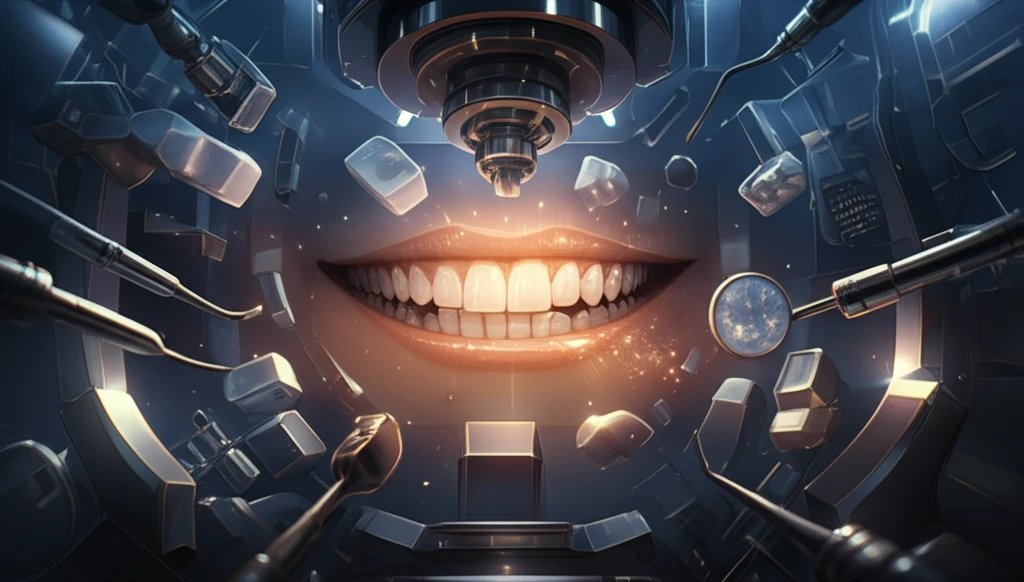
Unlock Stronger Smiles: The Truth About Dental Materials and Your Oral Health
"A guide to understanding CAD/CAM materials, bonding techniques, and how they impact the longevity of your dental work."
In the world of dentistry, achieving a healthy and beautiful smile often involves restorative procedures. From fillings to crowns, the materials used play a crucial role in the success and longevity of these treatments. Recent advancements in dental technology, particularly in CAD/CAM (computer-aided design and computer-aided manufacturing) materials, are transforming how dental restorations are created and bonded, promising enhanced strength and durability.
Understanding the properties and performance of these materials is essential for both dentists and patients. Factors such as hardness, fracture toughness, and bonding strength significantly impact how well a restoration will withstand the stresses of daily use. This article delves into the mechanical performance of various CAD/CAM materials and the techniques used to bond them effectively, offering insights into how these innovations contribute to improved oral health.
We'll explore how materials like lithium disilicate, feldspathic ceramic, resin matrix ceramic, and nanohybrid composite are being used in modern dentistry. By examining the research and data, we aim to provide a clear picture of what makes these materials different and why choosing the right one is so important for your dental health journey.
The Science Behind Stronger Dental Restorations

The quest for durable and reliable dental restorations has led to significant advancements in material science. CAD/CAM technology allows for the precise design and milling of dental prosthetics, ensuring a perfect fit and optimal function. However, the choice of material and the effectiveness of the bonding technique are equally critical in determining the long-term success of these restorations. Understanding these factors can empower patients to make informed decisions about their dental care.
- Lithium Disilicate (LD): Known for its high strength and excellent aesthetics.
- Feldspathic Ceramic (FC): Offers good aesthetics but may be less durable than other options.
- Resin Matrix Ceramic (RM): Combines the benefits of ceramic and resin, providing a balance of strength and aesthetics.
- Nanohybrid Composite (NC): A versatile material that is easy to handle and can be used for a variety of applications.
Ensuring the Longevity of Your Smile
Choosing the right dental materials and bonding techniques is a collaborative effort between you and your dentist. By understanding the properties of different materials and the importance of adhesive cementation, you can work with your dentist to create a restoration that not only looks great but also stands the test of time. Regular check-ups and proper oral hygiene practices are also essential for maintaining the health and integrity of your dental restorations, ensuring a confident and lasting smile.
